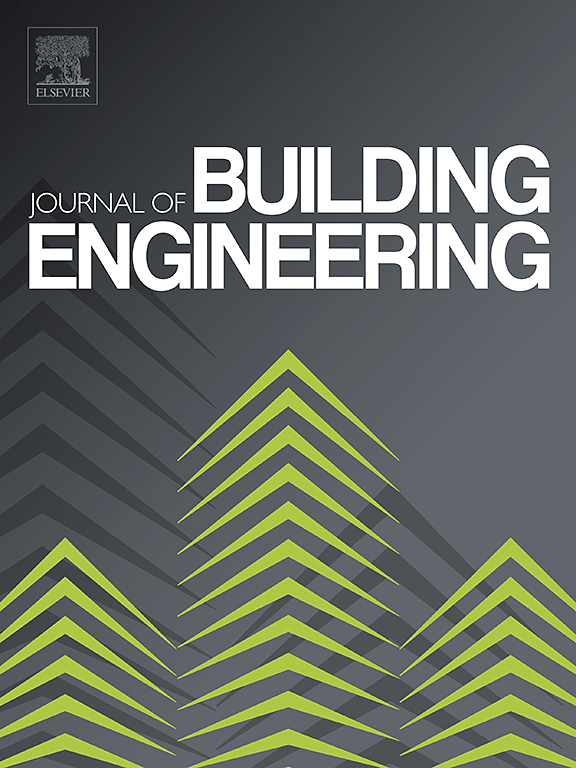Experimental investigation and simulation of behavior of damaged masonry walls under diagonal compression loading: Repairing and retrofitting with TRC
IF 6.7
2区 工程技术
Q1 CONSTRUCTION & BUILDING TECHNOLOGY
引用次数: 0
Abstract
As the primary load-bearing components of masonry structures, masonry walls are notably vulnerable to seismic damage due to their inherently brittle characteristics. Additionally, the existing load-bearing capacity of many masonry structures, especially those compromised by seismic events, often falls short of the requirements for earthquake resistance, thus necessitating reinforcement. This paper investigates the mechanisms through which Textile-Reinforced Concrete (TRC) enhances the shear performance of damaged walls, employing tests and simulations that incorporate load damage. The development of cracks and the stress transfer pathways in the TRC-repaired walls were characterized using Digital Image Correlation (DIC) technology. The findings demonstrate that TRC can restore the shear capacity of damaged walls. An increase in both the textile layers and the thickness of the matrix may induce some out-of-plane bending, with excessively thick TRC potentially failing to achieve optimal effectiveness. While textile size does affect the deformation characteristics of the specimens, its impact on shear strength and stiffness remains relatively minor. As the wall thickness increases, the constraint provided by the TRC diminishes, limiting improvements in shear performance parameters. Double-sided repairs significantly enhance the overall shear resistance performance. Furthermore, the enhancement of shear performance in low-strength walls is particularly pronounced with the application of TRC.
求助全文
约1分钟内获得全文
求助全文
来源期刊

Journal of building engineering
Engineering-Civil and Structural Engineering
CiteScore
10.00
自引率
12.50%
发文量
1901
审稿时长
35 days
期刊介绍:
The Journal of Building Engineering is an interdisciplinary journal that covers all aspects of science and technology concerned with the whole life cycle of the built environment; from the design phase through to construction, operation, performance, maintenance and its deterioration.
 求助内容:
求助内容: 应助结果提醒方式:
应助结果提醒方式:


